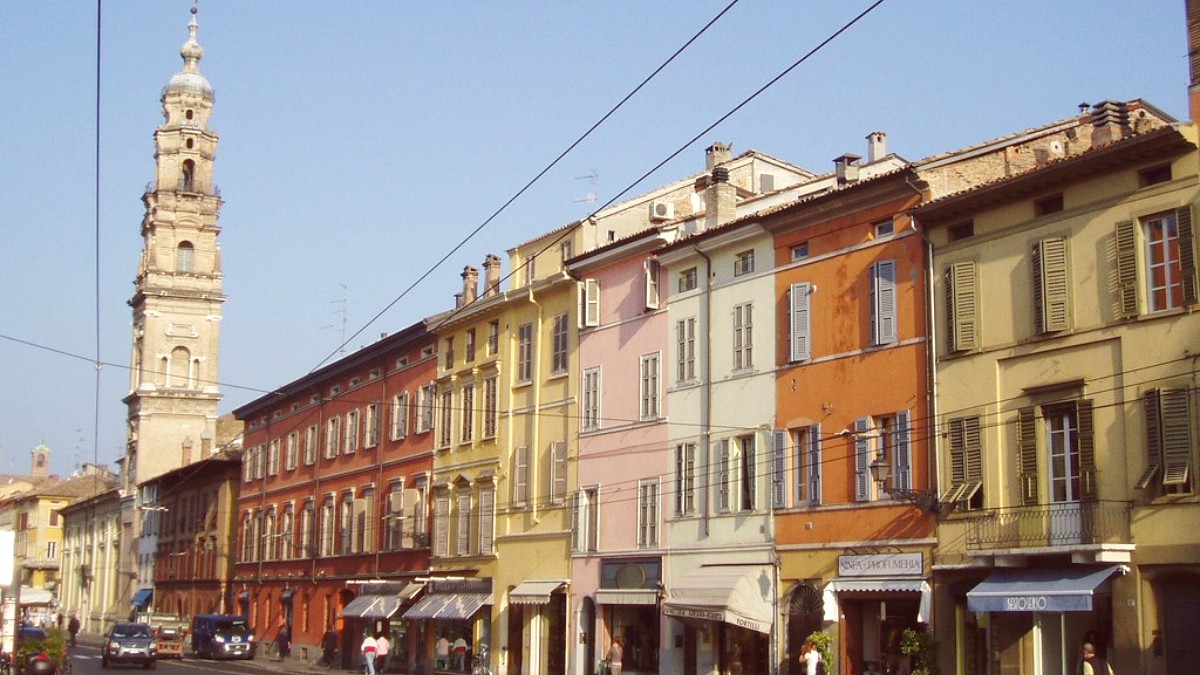
Emilia Romagna And San Marino, Italy
Parma's culinary reputation rests on its PDO products: Parmigiano Reggiano cheese and Prosciutto di Parma ham. These are symbols of identity, produced following strict traditional methods.
Emilia-Romagna cuisine is hearty, rich, and deeply connected to "la buona tavola" (the good table), emphasizing convivial meals and generous portions.
Lunch (pranzo): 12:30 PM - 2:30 PM. Dinner (cena): 7:30 PM - 10:30 PM or later. Many restaurants close between.
Popular pre-dinner ritual (6:00 PM - 8:00 PM). Drinks often come with complimentary snacks or buffet.
Traditional meals have several courses. Espresso (caffè) is the typical post-meal coffee.
Iconic aged hard cheese. Try in shavings, grated on pasta, or as a standalone tasting.
Find at local caseifici (cheese factories) or delis.
Delicate, sweet, air-cured ham and the highly prized "king of cured meats."
Served as antipasto or in a panino. Visit prosciuttifici.
Fresh pasta filled with ricotta/spinach or meat, served with butter and sage or in broth.
Parma classics, especially for San Giovanni (Tortelli) and holidays (Anolini).
Layers of fresh egg pasta, rich ragù, béchamel, and Parmigiano Reggiano, often with green pasta (spinach).
Shavings of aged Parmigiano Reggiano drizzled with traditional balsamic vinegar.
Ristorante Cocchi: Historic Parma institution, classic Emilian cuisine, elegant service. Trattoria del Tribunale: Refined traditional dishes.
Numerous trattorias and osterias in the historic center and Oltretorrente. Seek "cucina tipica parmigiana."
Pizzerias for quick meals. Bars/Cafes for panini. Mercato Coperto for fresh produce and prepared foods.
Known for authentic local dishes in a welcoming atmosphere. A consistent favorite.
Historic Center
Traditional local dishes. A good representation of typical Parma cuisine.
Oltretorrente
Available at most bars/cafes for a light lunch.
Outdoor market on Wednesdays & Saturdays for some food items.
Look for "gelateria artigianale" for handmade ice cream.
Embrace "slow food." Savor each course.
Awareness growing. Some restaurants offer gluten-free pasta. Larger supermarkets stock products.
Call ahead or use a Gluten-Free Restaurant Card.
Inform staff about severe allergies: "Ho un'allergia a..."
Italian law requires allergen listing, but direct communication is best.
When dining, take your time, savor each course, and appreciate the quality and tradition behind every dish.
Look for "Hosteria" or "Osteria" for rustic, traditional dining. Focus on local wines and simple, hearty dishes.
Hands-on classes to prepare fresh pasta, ragù, or other Emilian specialties.
Guided tours to Parmigiano Reggiano dairies and Prosciutto di Parma factories.
Many dairies and factories offer guided tours and tastings. Advance booking is advised.
Check Parma's event calendar, especially during harvest seasons.
"Settembre Gastronomico" is a major event.
Seek these for a more rustic, traditional dining experience.
Focus on local wines and hearty dishes.
Embrace the concept of "slow food." Take your time and savor each course.
Appreciate the quality and tradition behind every dish.
For a true culinary immersion, consider booking a food tour or a cooking class well in advance of your visit. These experiences fill up quickly, especially during peak season.